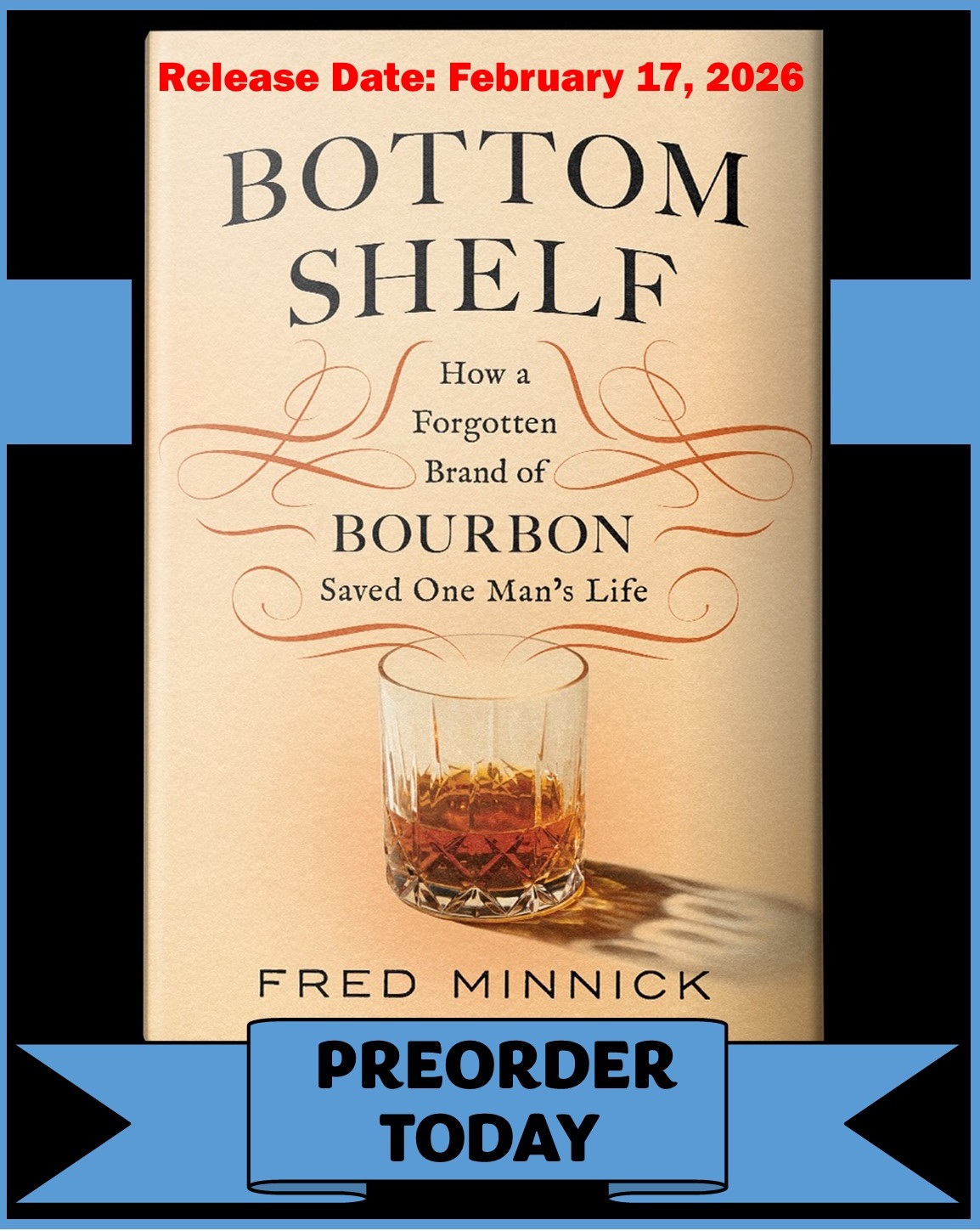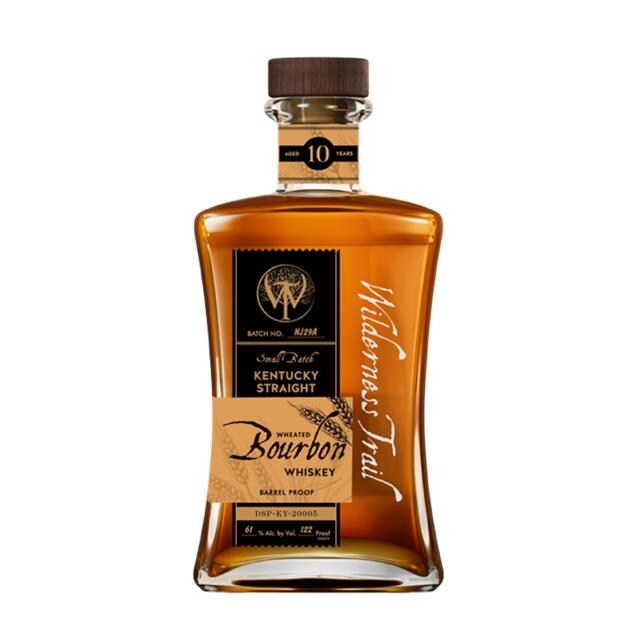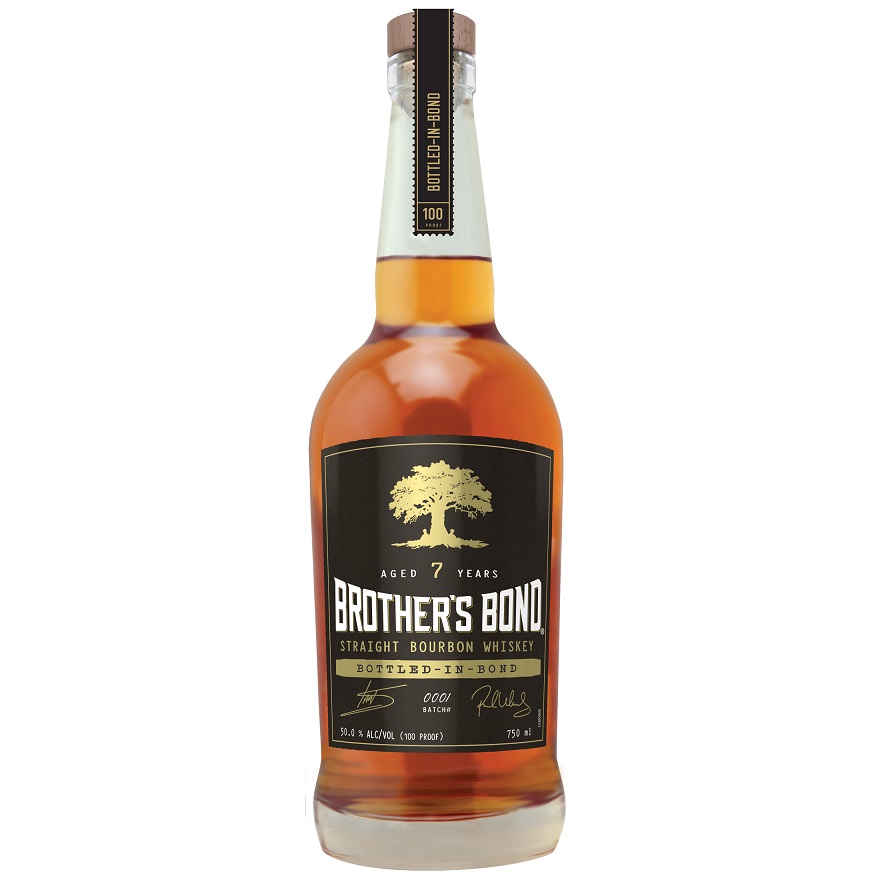Maker’s Mark Responds to Lowering Proof (Interview Exclusive)
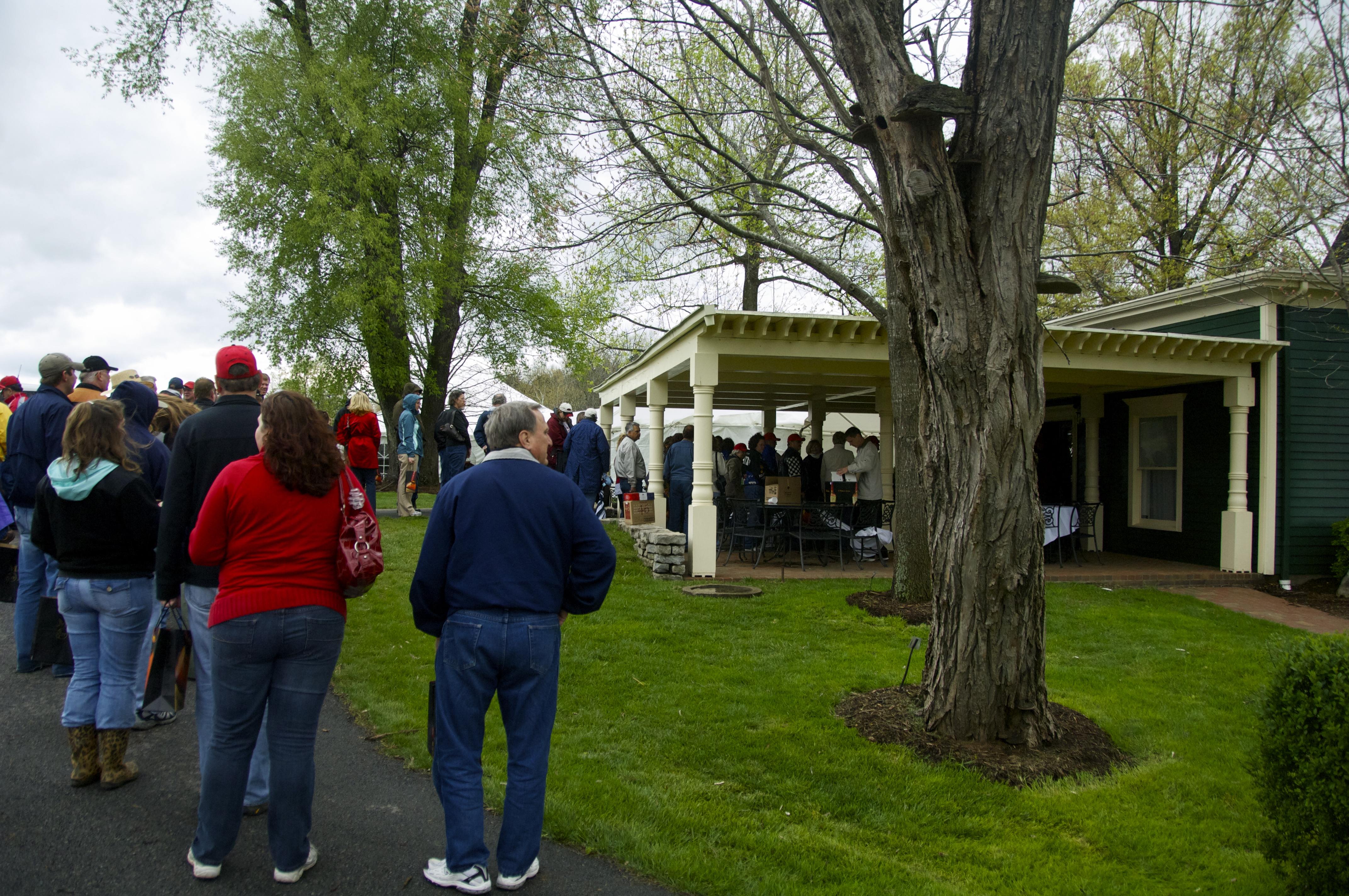
Maker’s Mark announced it’s lowering the alcohol percentage of its bourbon by 3 percent, taking it from 90 proof to 84. The initial pushback has been more negative than I would have ever expected.
My initial reaction to the proof lowering is mixed. As a whiskey writer, my thought is “so what?” Maker’s Mark is not changing the wheated-bourbon mashbill and it’s not changing the age. It’s changing the proof. Whoopty Damn Doo! I never judge a whiskey until I taste it. Maybe this means the whiskey no longer needs an ice cube to open up. Maybe now Maker’s Mark will be more appealing to the masses. And, really, what the heck is 3 percent proof? Can the average person really taste the difference? Furthermore, Jack Daniel’s Tennessee Whiskey lowered its proof and is still the world’s No. 1-selling American whiskey.
But, as a long-time Maker’s Mark fan, I understand why people are so angry. And, Maker’s has itself to blame for the outrage—they built the most-loyal following in whiskey history. When covering Bill Samuels Jr.’s retirement party, I witnessed grown men in tears standing next to Bill and others comparing him Jesus Christ. This is not a brand people randomly select. It’s a whiskey they fell in love with when they were 22 and never stopped loving. Maker’s Mark fans stand in line for three hours to get signed bottles and become loyal brand ambassadors.
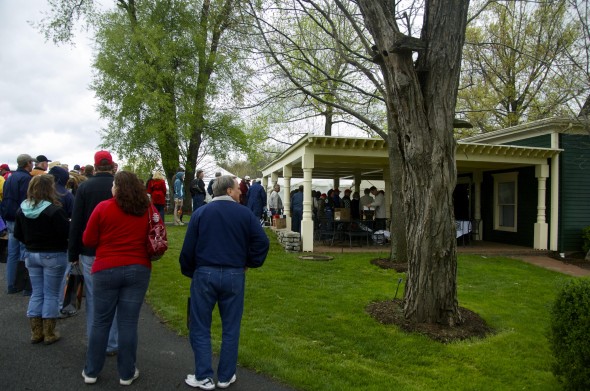
So, this is no ordinary whiskey brand. This brand pulls on people’s heartstrings, even mine. That’s why I bothered Rob Samuels while at his daughter’s function and asked him why they decided to lower the proof.
How long have you guys been in talks about lowering the proof?
Samuels: Fred, you’ve seen the growth in the bourbon category from a very steady growth to a much faster growth. As the growth accelerated, there were increasing supply challenges, and this alcohol volume transition will allow us to extend our supply and do it in a way the Maker’s Mark taste standard is consistent.
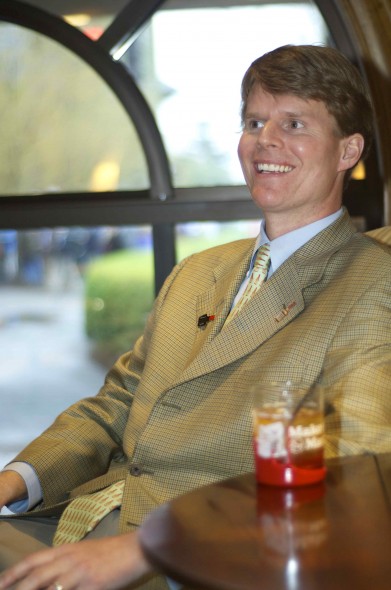
Were there any other options on the table like raising the price or aging?
Samuels: We know that the Maker’s Mark age profile is only accomplished with a minimum of six summers. So one of the ways that many spirit brands extend their supply is not an option for us. We are aged to taste, under-aging is bad, and over-aging is worse.
Initial comments from your ambassadors have been largely negative.
Samuels: You know what was even more negative? The hundreds, and hundreds, and hundreds of calls we receive at the distillery and our office from retailers and consumers who weren’t able to have Maker’s Mark over the last hundred days. … The phones have been ringing off the hook from both retailers, bar owners and hotel owners. I got an e-mail from a bartender that opened a really nice new property on South Beach and during the holiday, someone wanted spirits and South Florida did not have Maker’s Mark. … She wasn’t very happy about it.
There’s a Maker’s shortage in some significant markets then?
Samuels: Most every city in this country had significant supply challenges over the last hundred plus days. And it is getting worse.
When analyzing the taste of the new Maker’s Mark, did you only taste in-house?
Samuels: No, we also tested several different proofs and the 42 percent alcohol volume matched, was a match by our tasting panel to the Maker’s Mark standard and we also tasted with consumers.
One about lowering the proof comes from bartenders, saying wheated bourbons need a higher proof to give it that backbone.
Samuels: I can tell you that we tested the 42 percent alcohol volume with basic cocktails, bartender-specific cocktails and classic cocktails, and there was no difference.
That’s the only way that we were comfortable with making this transition is the taste matches the Maker’s Mark standard and it’s exactly the same and served in a cocktail.
How will this impact Maker’s 46?
Samuels: 46 is going to remain at its alcohol volume. When 46 was envisioned, the idea was to create a bigger bolder, more amplified expression from the Maker’s Distillery with spice so the higher alcohol volume is consistent and important for that taste profile. With Maker’s Mark, we accomplished the taste profile and can match with 42 percent alcohol volume.
Is there anything you’d like to add?
Samuels: It does come down to growth, much more significant than anybody envisioned, which has created these supply challenges. This slight reduction in alcohol volume allows us to extend the supply and meet some of the growth and the demand.



